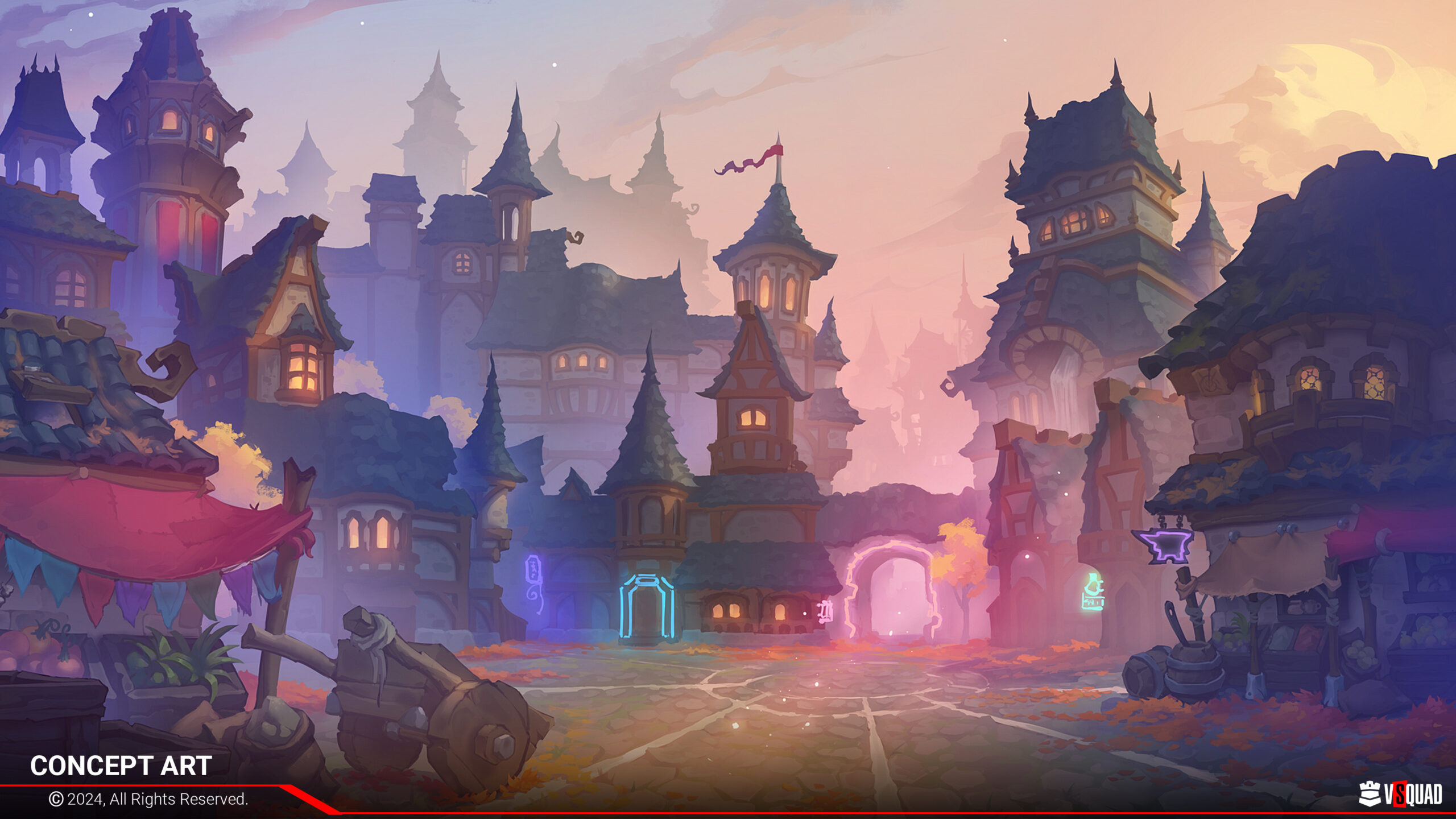Modern game design has evolved into a powerful medium of cultural expression, where the visual component serves as a universal language. Three-dimensional game environments have become more than just backdrops for gameplay — they shape an emotional connection between the player and the virtual world, convey cultural codes, and create unforgettable impressions.
The Evolution of Visual Storytelling in Games
Over the past ten years, the game industry has radically transformed its approach to environment creation. Whereas previously the main focus was on technical execution, today the emphasis has shifted toward crafting atmosphere and deep immersion. According to the Entertainment Software Association, visual design remains one of the key factors when choosing a game for most American players.
3D environments have become a means of cultural communication. Developers from different countries incorporate elements of national architecture, color schemes, and stylistic features unique to their culture into their projects. This creates a distinctive palette of visual solutions that enrich the gaming experience.
Technological Breakthroughs and New Possibilities
The development of real-time technologies has significantly expanded the possibilities for environment artists. Modern engines make it possible to create photorealistic locations with dynamic lighting, complex materials, and interactive elements. Ray tracing, procedural generation, and AI-assisted tools open up new horizons for creativity.
Optimization of production processes plays a crucial role. 3D environment design requires well-coordinated teamwork, where every element — from the conceptual sketch to the final render — must align with the project’s overall vision. Contemporary studios are adopting agile methodologies and using cloud-based solutions to speed up development.
VSquad Studio: Mastery of Visual Storytelling
Over ten years of work, the VSquad Studio team has developed a unique approach to creating game environments. Our specialists have contributed to the visual components of projects across various genres — from stylized indie games to AAA titles with realistic graphics.
Experience working with international teams has given us insight into how cultural characteristics influence the perception of game environments. Projects involving our studio have received recognition at the Steam Awards and have been showcased at major gaming expos.
The Psychology of Game Space Perception
Research in cognitive psychology shows that game environments impact players’ emotional states as strongly as real-world spaces. According to studies by the University of Rochester, well-crafted interactive environments can improve players’ cognitive abilities and enhance learning outcomes.
Color choices, composition, scale, and detail — all these elements function as a cohesive system that sets the desired mood. Warm tones and organic shapes contribute to relaxation, while contrasting colors and sharp angles increase tension and focus.
The Future of Game Environments
The industry is moving toward even greater interactivity and personalization of game spaces. Machine learning technologies will enable the creation of environments that adapt to the preferences of individual players. Virtual and augmented reality will unlock new formats of interaction with three-dimensional worlds.
The growing popularity of user-generated content also influences the development of environment design tools. Players increasingly want not only to consume content but to create their own worlds, which demands more intuitive and accessible solutions.
Modern 3D environment design is a synthesis of technical mastery, artistic vision, and deep understanding of game mechanics. Teams capable of combining these competencies create not just beautiful visuals, but living worlds — places where players want to spend their time and to which they want to return again and again.

